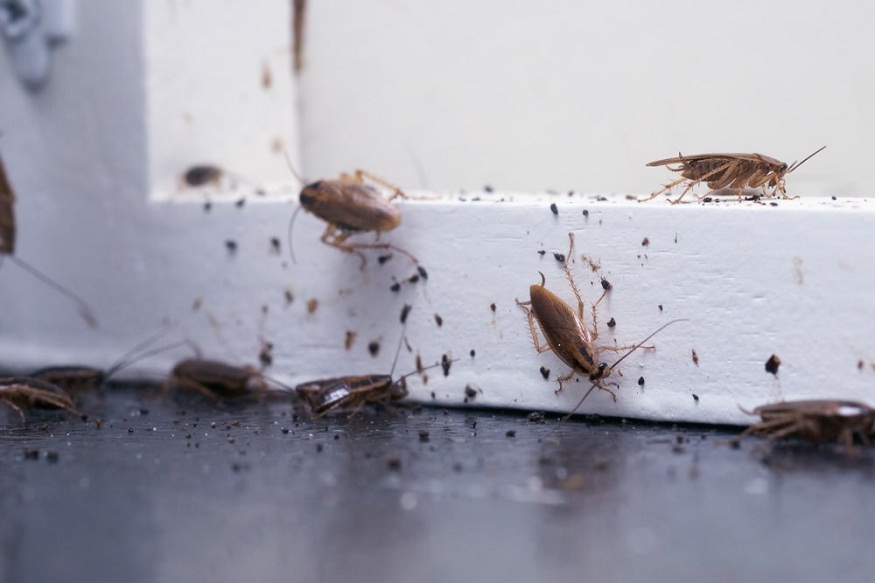Noise pollution is the existence of loud sounds within the environment which disrupts the normalcy of the environment. Despite that fact, sound plays an important role in regulating the behavior of pests including rodents, insects, and birds.
Some areas such as Vancouver with a lot of noise pollution could have pests using the sound to signal, orient or sure predators. Environmental noise can disrupt these patterns, and precipitate changes in daily activity, movement and foraging patterns. This can impact their population and methods needed to manage them making Vancouver pest control efforts tricky and needing special approaches.
How does noise pollution influence pest breeding patterns and mobility?
Some pests are known to use minute changes in the environment to lay eggs or to form colonies. Interference from loud noises may compound such signals thus making it difficult to mate or to build a nest. For instance, some insects use vibratory signals which cannot be distinguished due to loud background noise. Likewise, rodents might change their habitat and movement in a way because they do not like loud places. These changes can make the traditional control measures cumbersome and call for other ways on how to manage pests in noisy conditions.
What Are the Challenges of Pest Control in Noisy Environments?
Pest control becomes a little challenging when done in areas that have a complaint of high noise level. Interference may also be concealed by loud sounds that minimise or cover the sounds and the vibrations used to track or detect the pests. Also, there is conclusive evidence proving that some pests lose their sensitivity to the sound repellents indicating that sound control measures may not be as effective as had been considered. Understanding all of these factors regarding noise and pest behavior, which dictates the control methods that need to be used.
Is noise pollution helpful for pest control?
Curiously, noise pollution can also be an element that repels pests in some cases. For example, frequencies of sounds have been observed to chase some pests away from the farms. Nevertheless, these measures should be properly developed to consider the pest species selectivity not to harm people and useful wild living organisms. Scientific work conducted throughout the world has brought out new variations in the usage of sound barriers to control pests which are humane methods compared to the conventional one.
How can Integrated Pest Management can adjust in light of noise-driven behaviors?
Integrated pest management is a concept of controlling pests in an ecological efficient method that has minimal effects on the environment. When used in high noise level areas, IPM can adopt shifts in the monitoring devices or use noise-specific repellents or go for eco-friendly trapping mechanisms. Such changes help to keep pest control on the right track since pests may change their behaviors due to the presence of noise.
What Are the Long Term Implications of Noise and Pest Control?
With the growing civilization and advancement of industries the noise pollution is also enhancing year by year. Short of this, long-term pest management strategies must accommodate this trend through funding of research and other technologies concerning sound and pest demeanors. By engaging other researchers, pest controllers, and urban planners in research and innovation, relationships between environmental concerns and effective pest management can be established and therefore provide sustainable resolutions to the problem.
Conclusion
Pest management takes into consideration the aspect of noise which should not be underrated. Knowing how pests are affected by high-intensity sound in terms of mobility, rate of reproduction and the ability to evolve new strategies a highly effective approach can be developed. Relating specific noise techniques in pest management offers optimal flexibility adapting to changes in pest problems durably.

